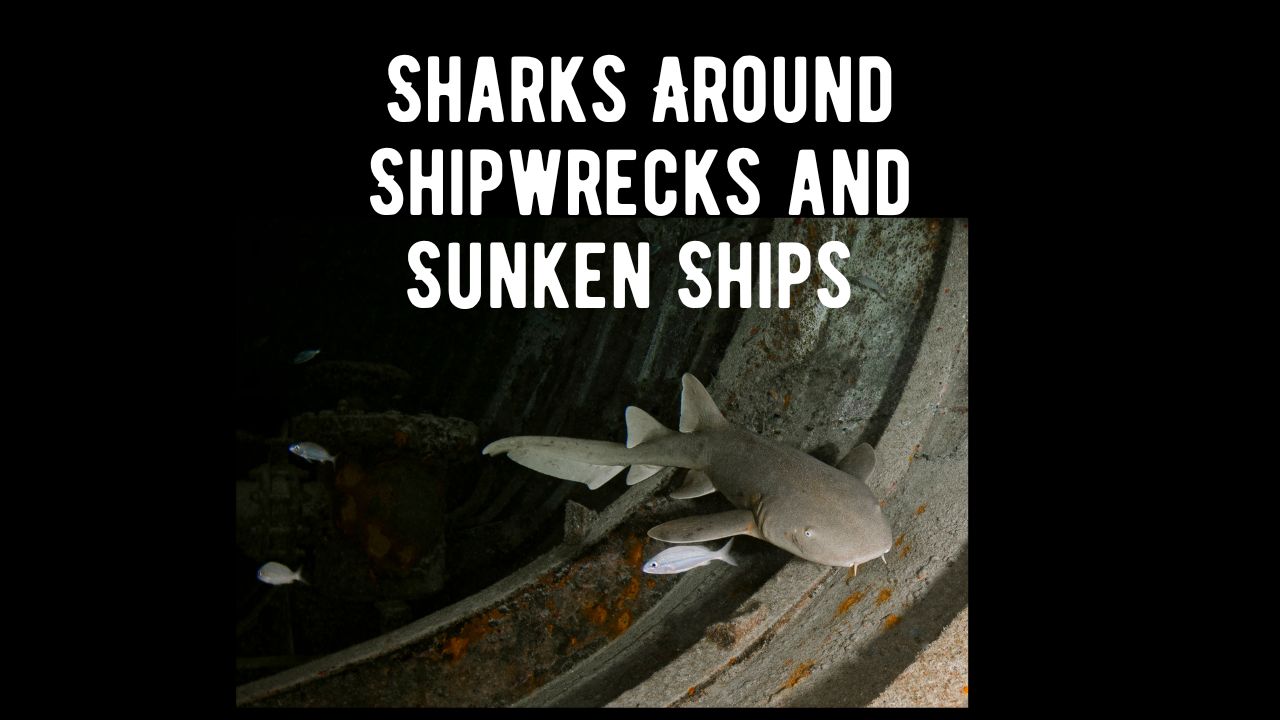
Do sharks swim or hang near shipwrecks? If yes, Why and Which Types show this behavior. The mysterious allure of shipwrecks and the fear surrounding sharks have long been captivating subjects. One question that frequently arises is whether sharks are drawn to sunken ships. In this article, we’ll delve into the factors that influence shark behavior around shipwrecks, examining the myths and realities associated with the intersection of sharks and these underwater relics.
Understanding Shark Behavior
To comprehend whether sharks hang around sunken ships, it’s essential to understand the behavior of these apex predators. Sharks are known for their curiosity and often explore their surroundings in search of food sources and potential habitats. Shipwrecks, providing a unique underwater structure, can attract sharks due to the abundance of marine life that congregates around them.
Conclusion
In conclusion, the relationship between sharks and shipwrecks is nuanced. While sharks may be drawn to these underwater structures due to the potential for feeding opportunities and habitat, it’s essential to dispel the myth that sharks actively hang around sunken ships with malicious intent.
Shipwrecks serve as valuable components of marine ecosystems, attracting a variety of sea life, and encountering sharks in these environments is often a testament to the diversity and beauty of the ocean.
Frequently Asked Questions
- Do sharks actively seek out sunken ships?
- Sharks may explore sunken ships opportunistically, attracted by the abundance of marine life around these structures, but they do not actively seek them out as a primary habitat.
- Are shipwrecks dangerous for divers due to sharks?
- Diving around shipwrecks is generally safe if proper safety guidelines are followed. Sharks encountered are often more interested in marine life than in human divers.
- Which shark species are commonly found around shipwrecks?
- Reef sharks, such as nurse sharks and bull sharks, are commonly found around shipwrecks, attracted by the diverse marine life inhabiting these structures.
- Do sharks use shipwrecks as breeding grounds?
- Some species of sharks may use shipwrecks as breeding grounds or shelter, but this behavior varies among different shark species.
- Is it safe to dive with sharks around shipwrecks?
- Diving with sharks around shipwrecks can be a safe and exhilarating experience when proper safety measures are observed, and divers respect the natural behavior of the sharks.






